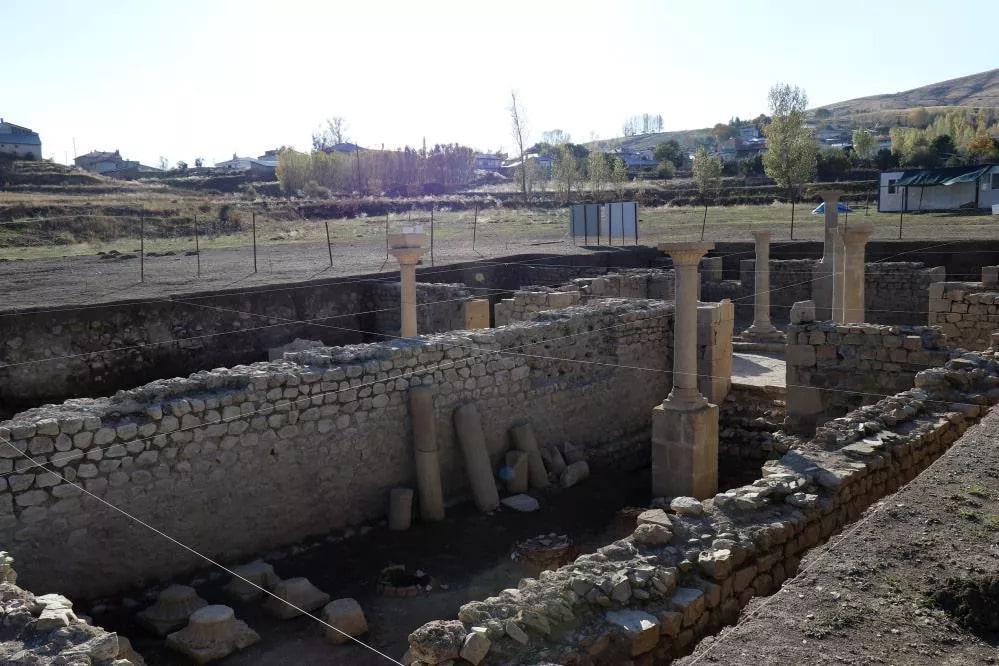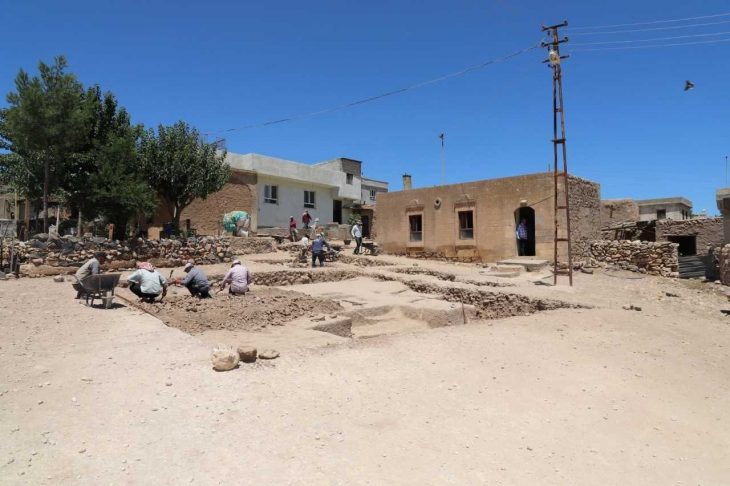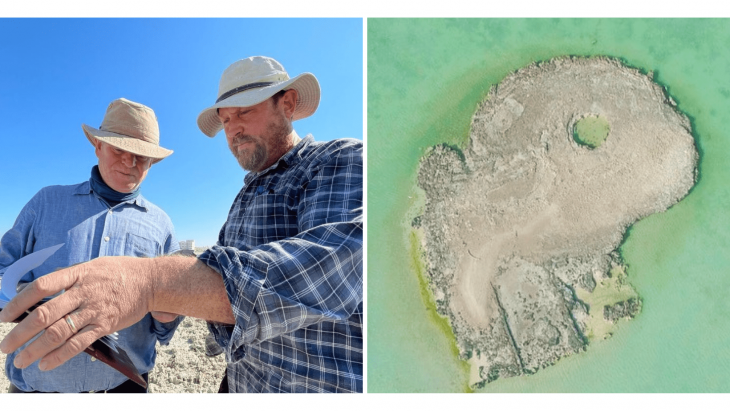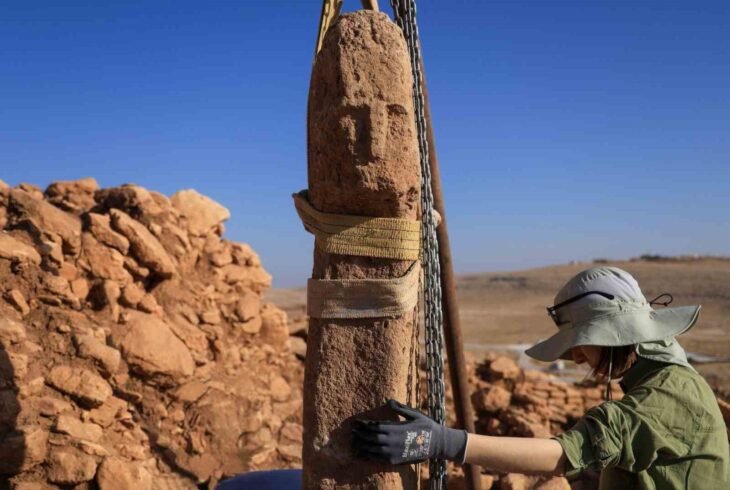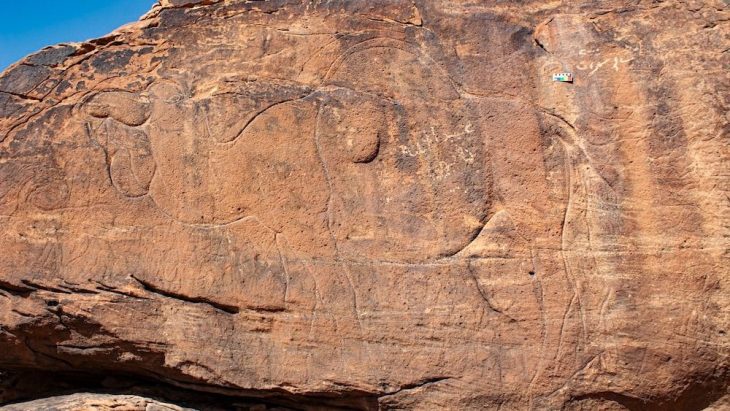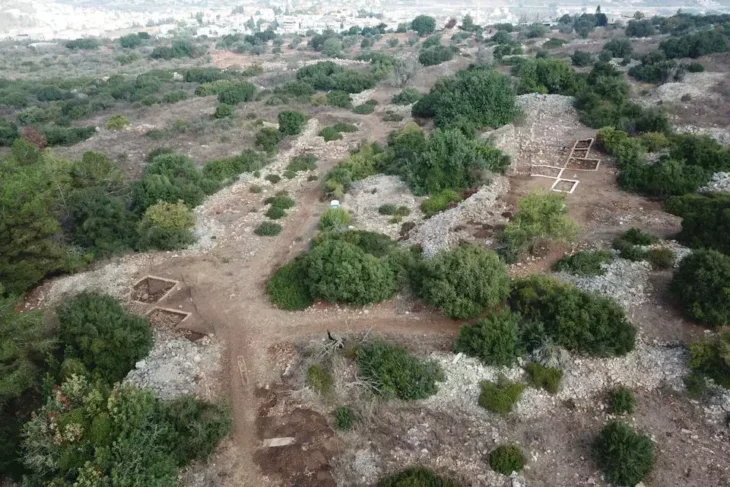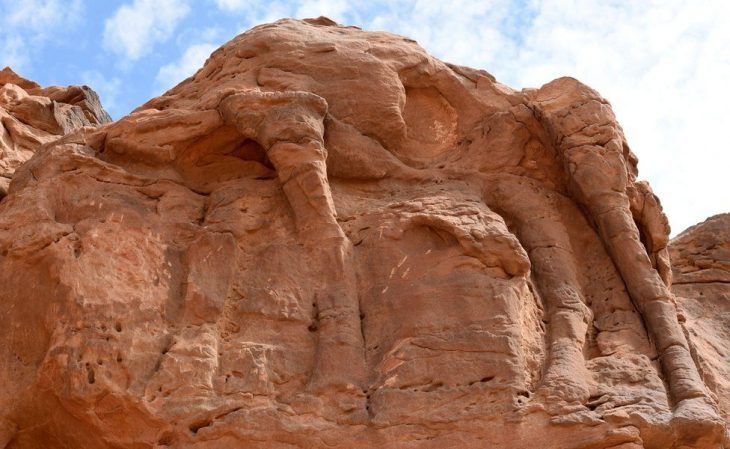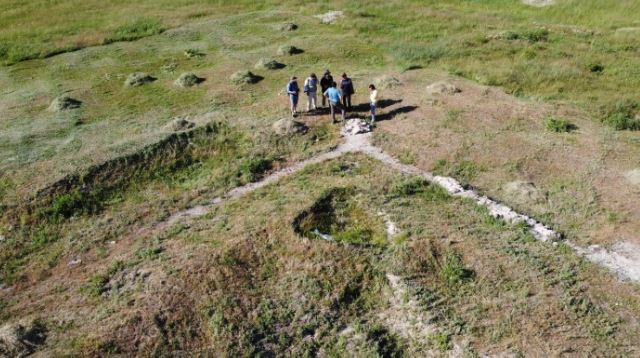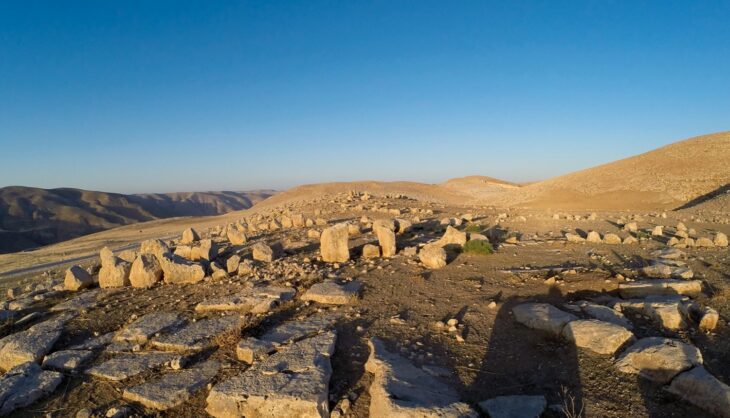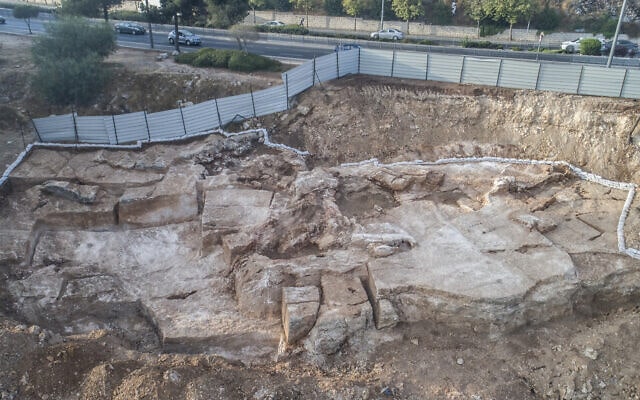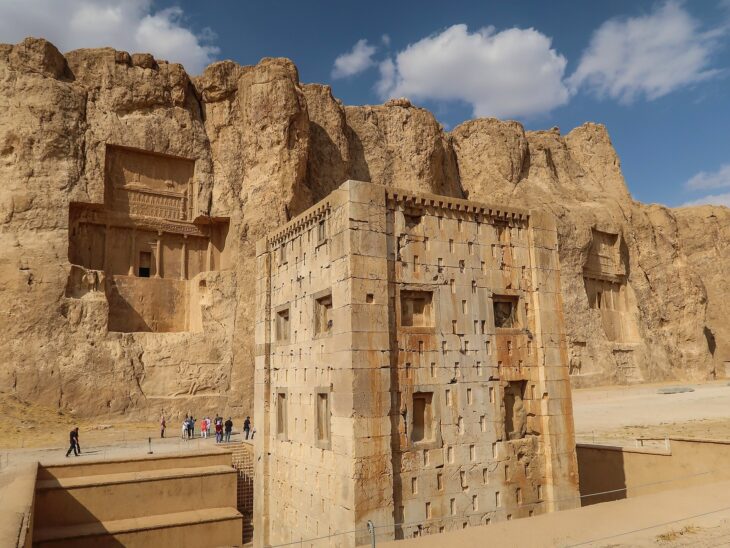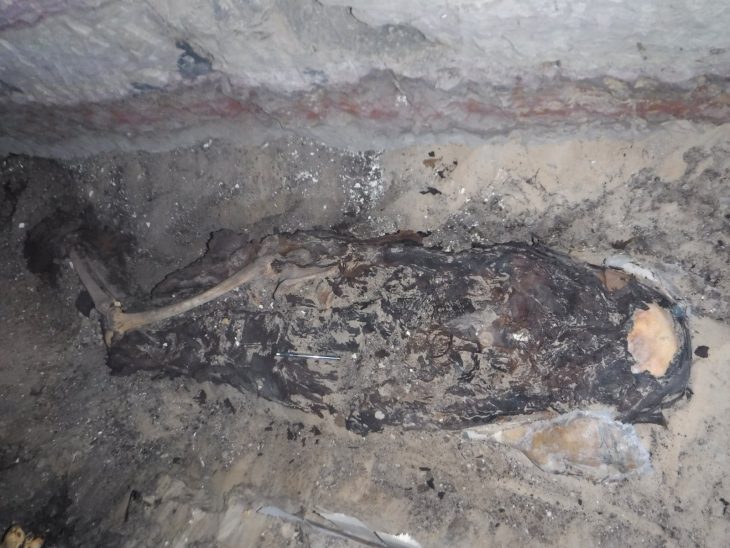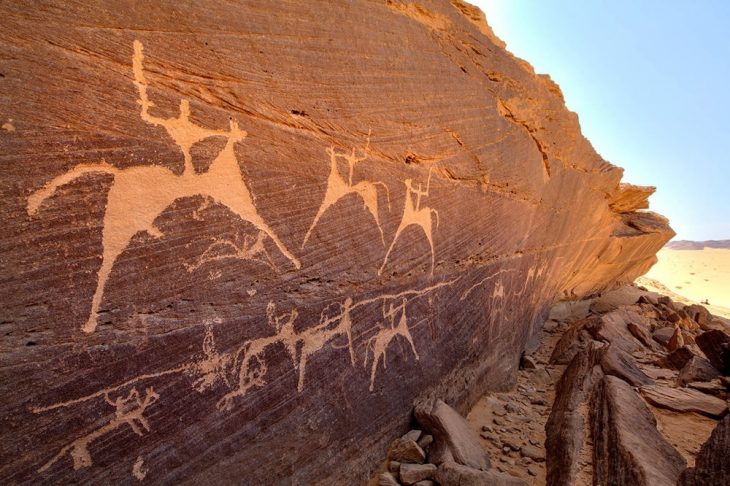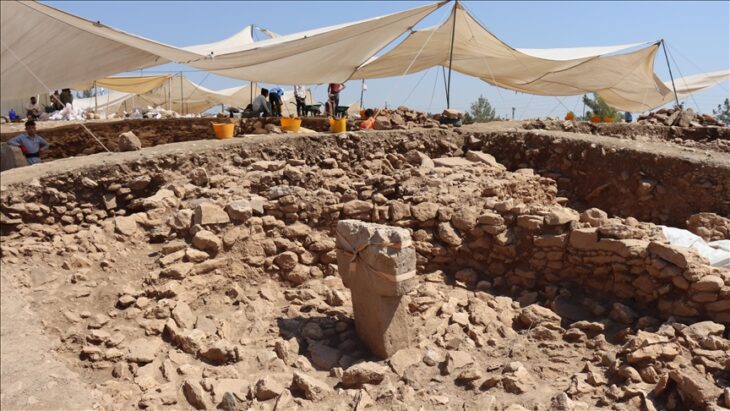In the ancient city of Satala, in the Kelkit district of Gümüşhane in the Eastern Black Sea region of Turkey, a multi-layered legionnaires’ cemetery carved into the bedrock in the Roman Empire castle was unearthed.
Also, a fragment of a 2,000-year-old bronze document called “Diplomata,” given to Roman soldiers who completed their 25-year tenure, was also found in a tomb.
Bartın University Archeology Application and Research Center of Director in the last days of the excavations carried out by Associate Professor Şahin Yıldırım and his team, the cemetery of legionnaires, who were the soldiers of the Roman Empire that ruled Anatolia for centuries, has been unearthed for the first time in Anatolia.
According to historical records, the ancient city, which is located 28 kilometers from the district’s center, was founded as a military garrison by the Roman military legion Legio XV Apollinaris. The ancient city served as a military post and was strategically located at the crossroads of key military routes from Anatolia to Cappadocia and the Black Sea region.
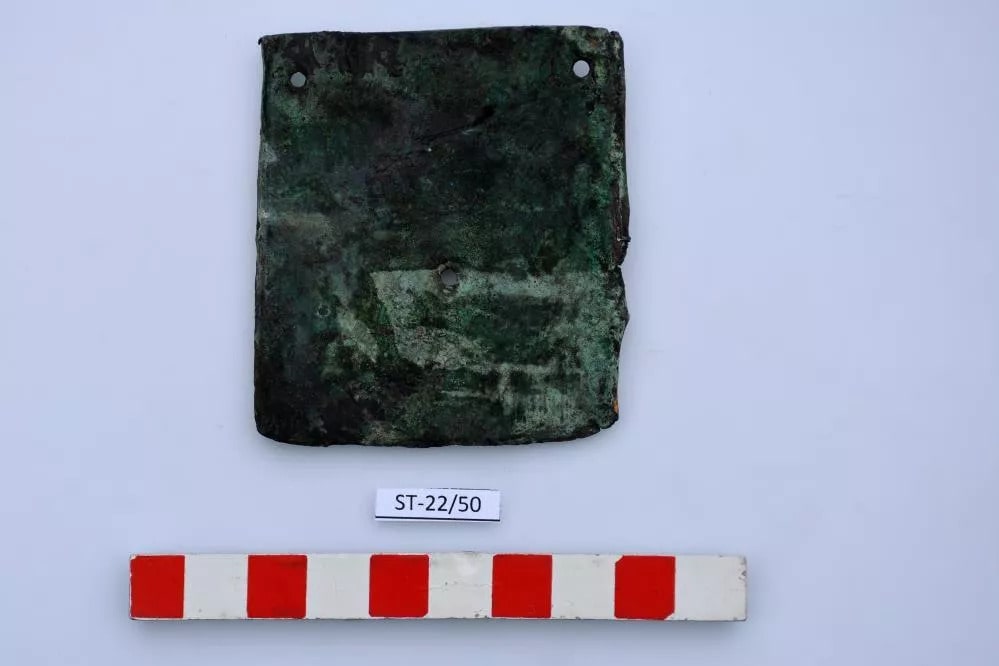
Serving as a strategic garrison during the reign of the Roman Empire, the city was ruled by Assyria, Macedonia, and Byzantine. Satala is also thought to have been visited by Roman Emperors Trajan and Hadrian, and in the 15th century, an aqueduct, or water bridge, with 47 holes was built in the city to bring fresh water to its residents.
📣 Our WhatsApp channel is now LIVE! Stay up-to-date with the latest news and updates, just click here to follow us on WhatsApp and never miss a thing!!
Şahin Yıldırım noted that they completed the 2022 excavations in Satala and found a cemetery structure dating to the Roman Imperial period in the last days of their work.
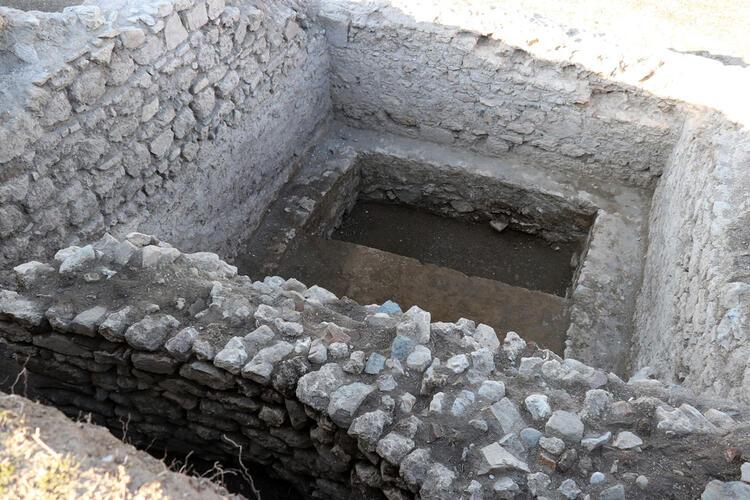
“In the photographs of the past years, the remains of a structure drew attention. We found a necropolis during our excavations around it. For the first time, a cemetery belonging to Roman Legionnaires was unearthed in Anatolia. We found many graves here. Most of these tombs belong to Roman soldiers. We found war equipment such as weapons, spears, and arrowheads belonging to these soldiers,” he said.
Noting that they found a person, who was likely a cavalry officer, buried in the main grave in the cemetery, Yıldırım stated that they found a bronze plate, called “Diplomata,” next to this person along with the horse harnesses and terracotta artifacts.
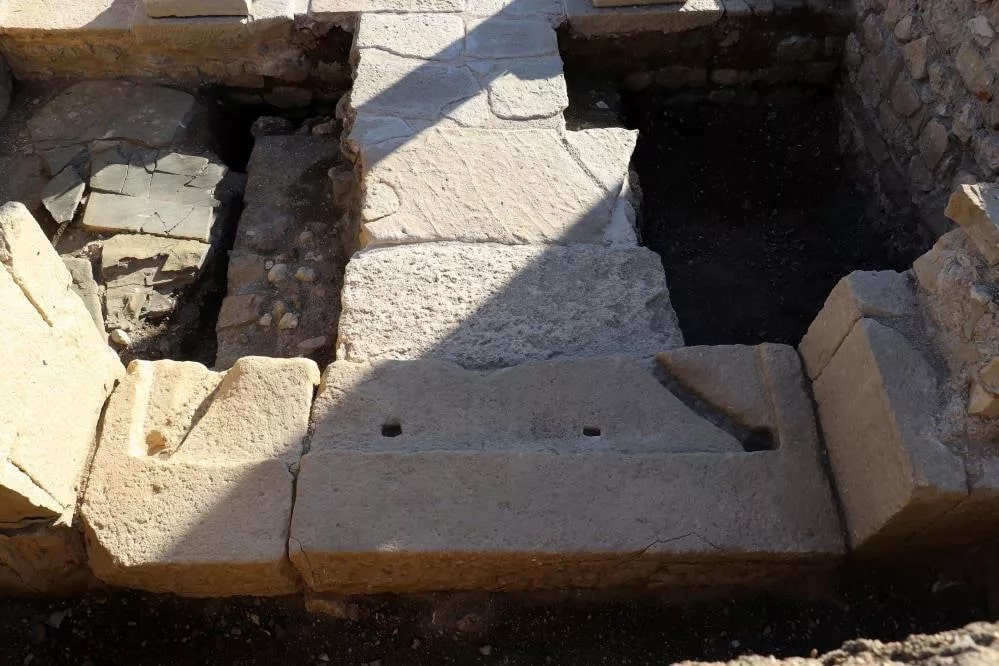
“Diplomata was a document given to Roman Imperial soldiers after completing their military service. We can call it a kind of discharge certificate. The piece of diplomata we found was severely damaged. We could not find its written part but we found its back part. Almost all of the tombs were carved into the bedrock and the skeletons were inside them. A significant part of the finds we found date back to the third century. These are the dates when the Roman Empire lost its former glory and began to weaken. At the same time, this cemetery is a multi-layered cemetery. We have also obtained similar findings dated not only to the Roman period, but also to the Byzantine period and even to the years 607-608, the period when the Sassanids seized this city for the second time. It is not just a single-layer cemetery. It is very important that this diplomata was found here. During the Roman Imperial period, soldiers had to serve 25 years. When this period is over, these documents were given to them,” he said.
Yıldırım stated that for the first time in Anatolia, they obtained important data about both the city walls, the plan type, and the structures inside the city walls of a legion castle, and continued:
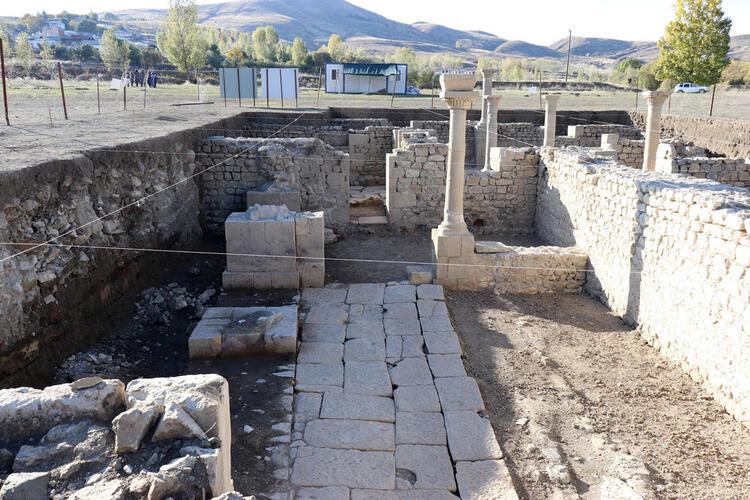
“So far, not much data has been obtained about the Roman-era castrum structure, which hosted the 15th Apollinaris Legion. Castrums were the main bases and encampments of the legions in the Roman Empire. During the excavations last year, we uncovered some of the walls, but these walls were mostly medieval. However, during our work this year, we found the entrance gate of the castle, which is known to have been built during the reign of Emperor Hadrianus of the Roman Empire. Thus, for the first time in Anatolia, we have obtained important data about both the city walls, the plan type and the structures inside the city walls of a legion castle.”
Handmade ceramics and Hellenistic period find, as well as military armor, numerous arrowheads, theater masks, oil lamps, Roman state coins, and late Roman period bricks with the stamp of the 15th legion, were discovered in the excavation area.

